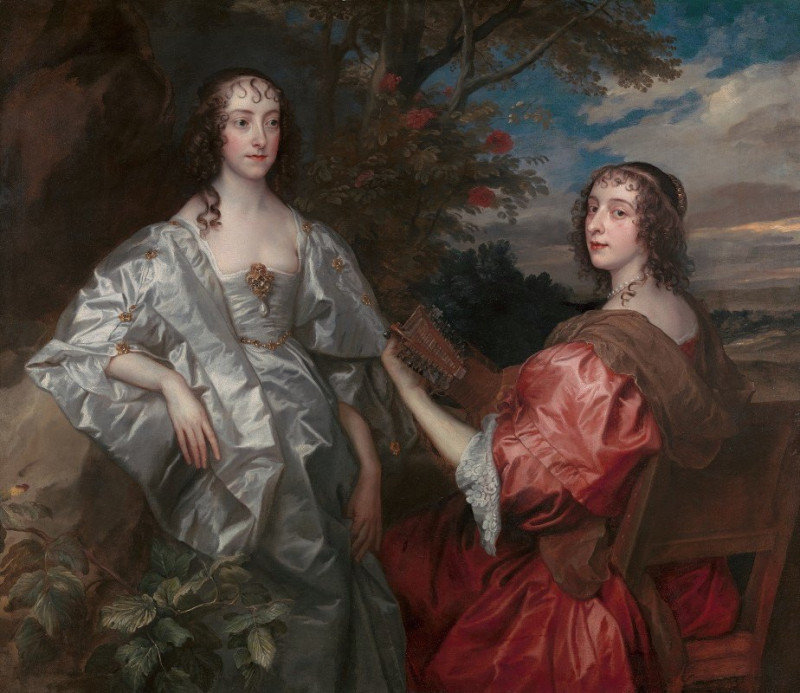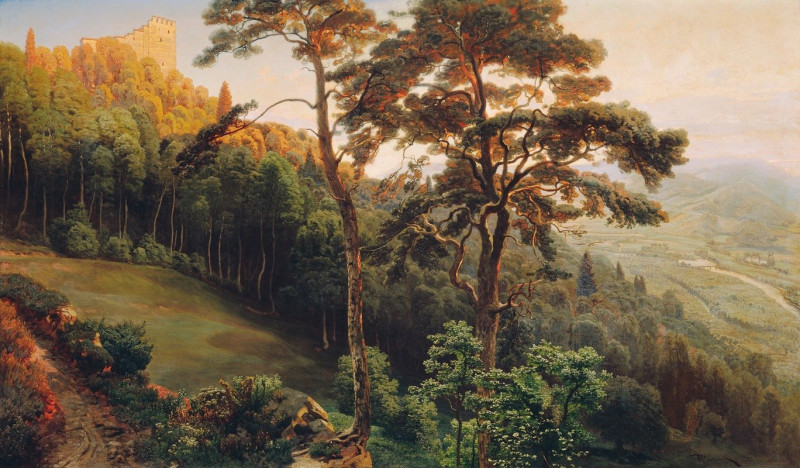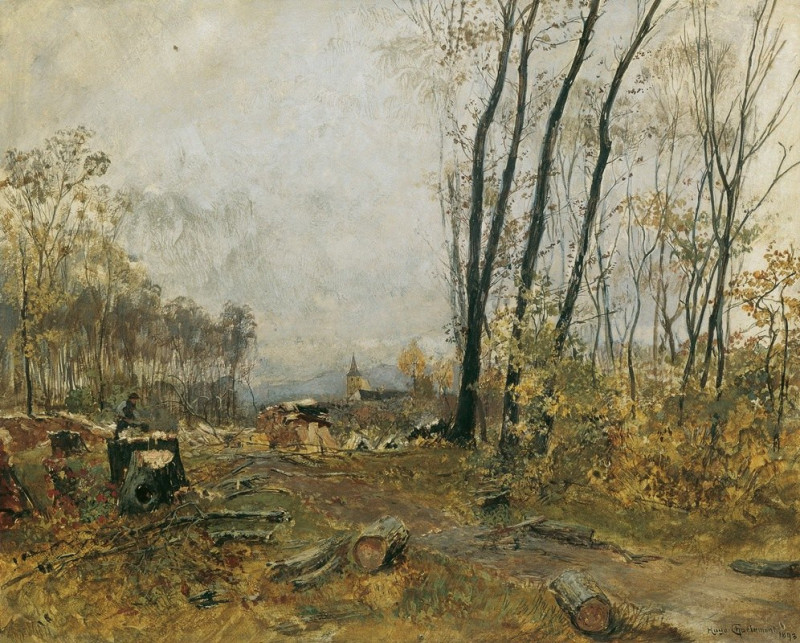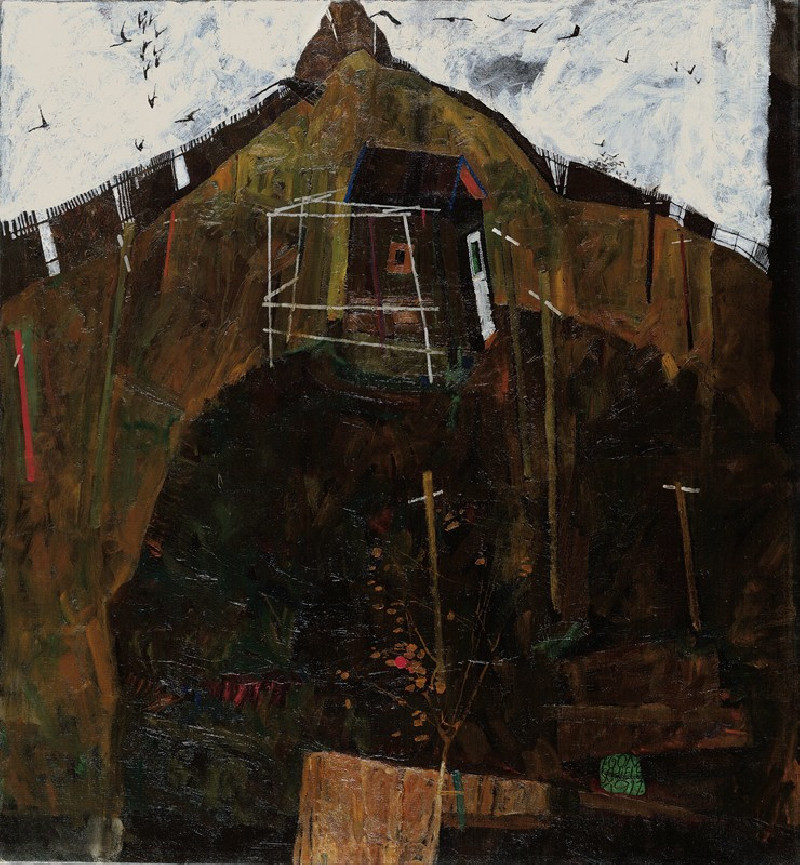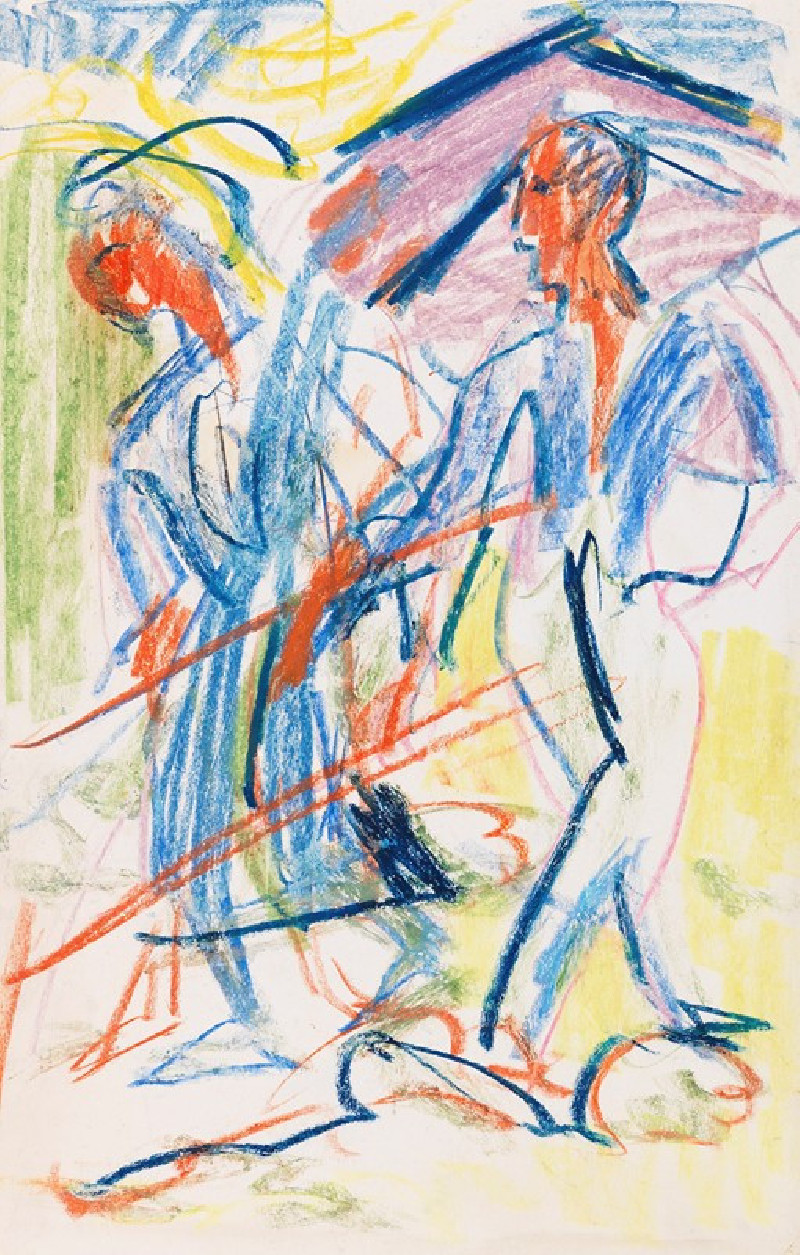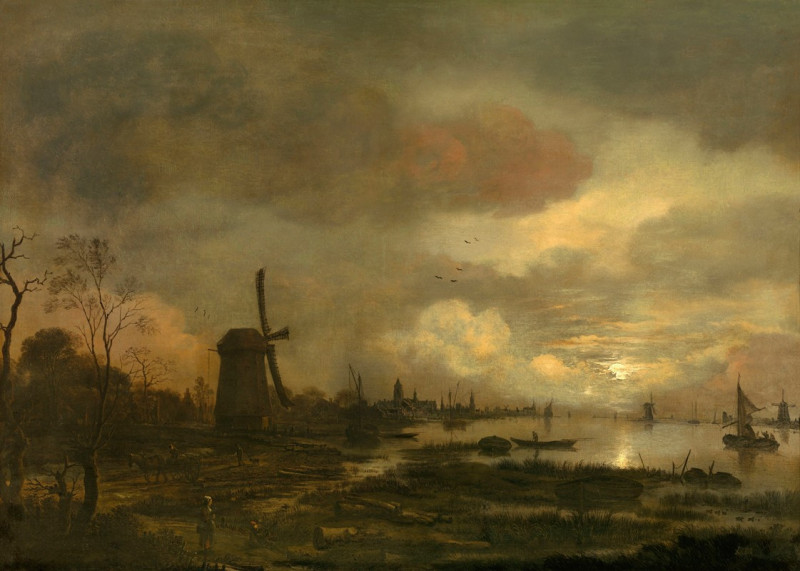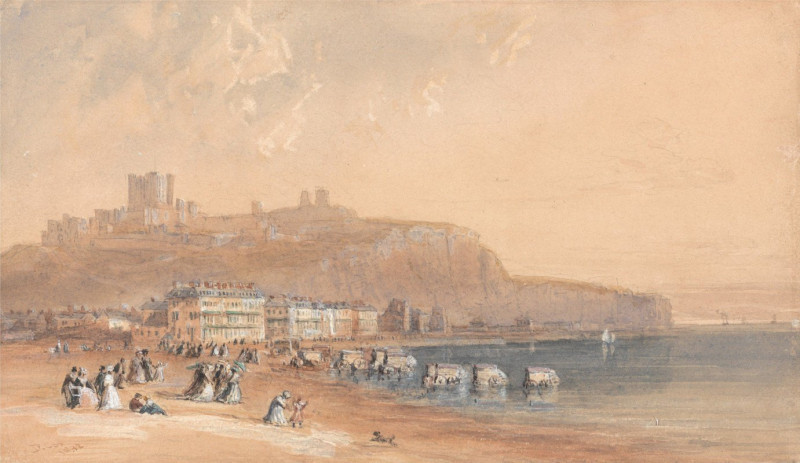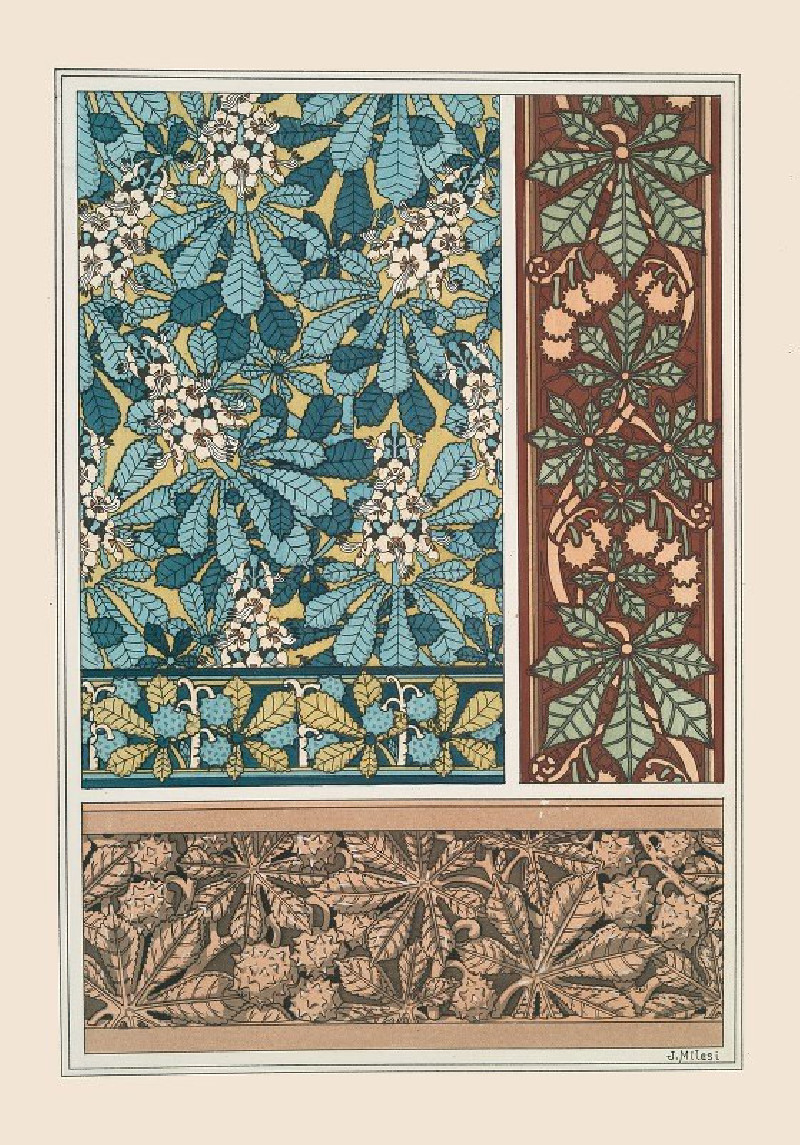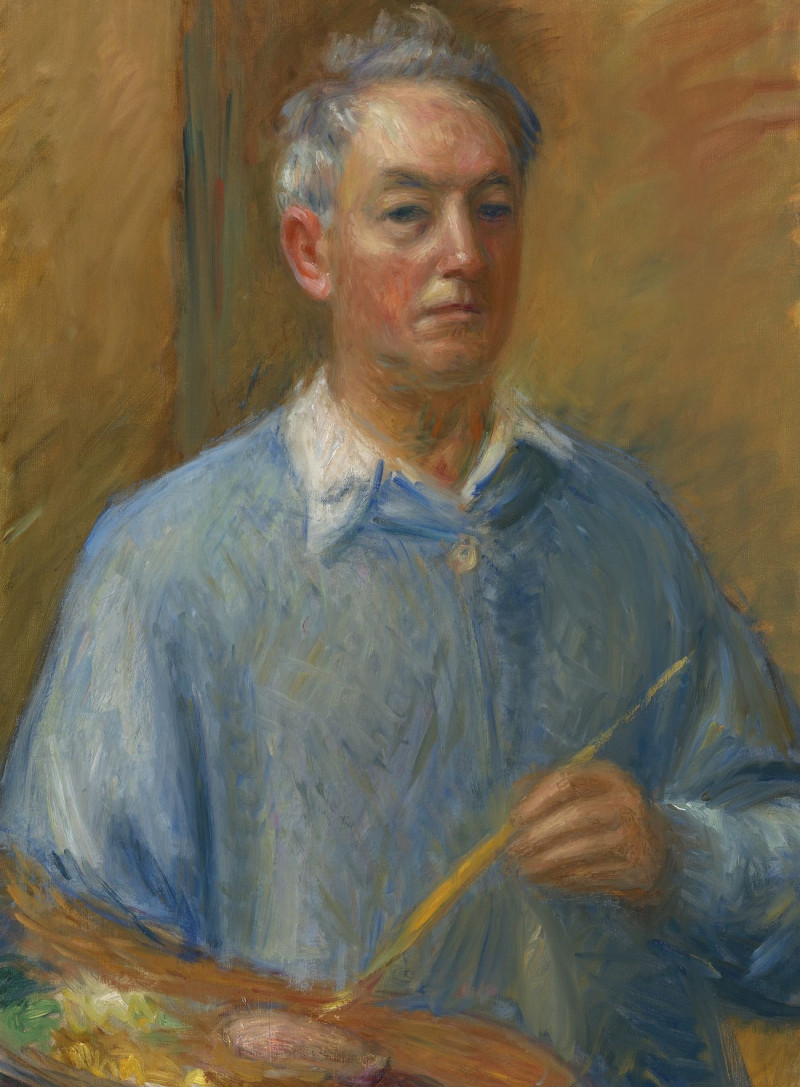Katherine, Countess of Chesterfield, and Lucy, Countess of Huntingdon (1636 to 1640)
Technique: Giclée quality print
Recommended by our customers
More about this artwork
Welcome to our latest exhibit featuring the magnificent painting "Katherine, Countess of Chesterfield, and Lucy, Countess of Huntingdon" by the eminent artist Anthony van Dyck, painted between 1636 and 1640. This artwork is a remarkable display of Van Dyck's skill in painting aristocratic figures with an exquisite charm and a deep, personal character.In this painting, Van Dyck depicts two noblewomen, Katherine, Countess of Chesterfield and Lucy, Countess of Huntingdon, in a lush, evocative landscape. The two figures are portrayed with an air of gentle camaraderie. On the left, Katherine, dressed in an opulent silver gown, exudes a serene grace. Her attire, embellished with golden ornaments and delicate lace, radiates her status and refined taste. Her expression is calm and alluring, inviting onlookers into her world of aristocratic peace.On the right, we see Lucy, whose vibrant red dress starkly contrasts with the softer tones of her companion. Lucy holds a small, ornate book, suggesting her engagement with the arts or literature, a common pastime among the nobility of the time. Her glance towards the viewer, coupled with a subtle smile, adds a lively and engaging element to the scene.The background of the painting features a rich display of nature and a hint of a sunset, possibly symbolizing the end of an era or the timeless nature of their status and friendship.
Delivery
Returns
Sir Anthony van Dyck (1599 – 1641) was a Flemish Baroque artist who became the leading court painter in England after success in the Spanish Netherlands and Italy.
The seventh child of Frans van Dyck, a wealthy Antwerp silk merchant, Anthony painted from an early age. He was successful as an independent painter in his late teens, and became a master in the Antwerp guild in 1618. By this time he was working in the studio of the leading northern painter of the day, Peter Paul Rubens, who became a major influence on his work.

